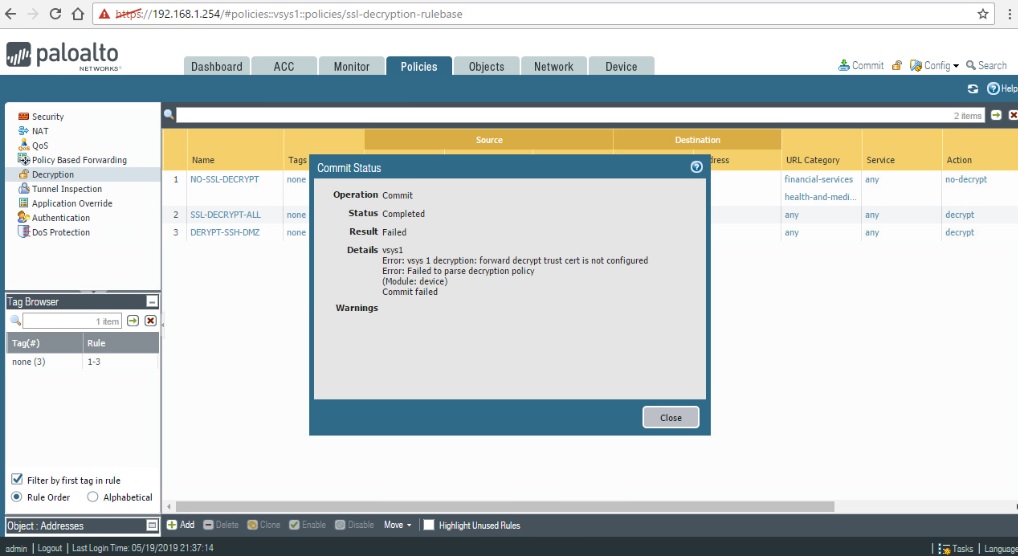

If you selected Explicit for the policy type, enable a web proxy forwarding server and then select a server from If you selected Explicit for the policy type, select a web proxy profile, if one has been configured under Policy Or create a new profile to use for WAN optimization. If you selected Transparent for the policy type and enabled WAN Optimization, select If WAN Optimization is enabled, select Active, Passive, or Manual. If you selected Transparent for the policy type, enable or disable WAN optimization for traffic accepted by the policy. This option is available only if Web Cache is enabled.Įnable or disable web caching for HTTPS traffic. DENY-Reject traffic matched by the policy.ACCEPT-Accept traffic matched by the policy.The options available will change depending on this selection. Select how you want the policy to respond when a packet matches the conditions of the policy. You can add multiple services or service groups. Select Create New to create a new service list.

If you selected Explicit, Transparent, SSH Tunnel, Wanopt, or SSL VPN for the policy type, select a service or service group that packets must match to trigger this policy. Select Create New to create a new schedule. Select a schedule from the drop-down list. NOTE: You can mix IPv4 and IPv6 addresses. You can select destination proxy addresses, destination IPv4 addresses, destination IPv6 addresses, and destination Internet services. The "+" icon next to the Search field is a shortcut for creating a new option based on the tab that is currently selected. Address, IPv6 Address, and User tabs categorize the options. When the field is selected, a window slides out from the right. You can select source proxy addresses, source IPv4 addresses, source IPv6 addresses, source users, or source user groups. Select the field with the "+" next to the field label. Selecting any removes the other interfaces. You can select one or more specific interfaces, or you can select any. Selecting the field will slide out a window from the right where you can select from the available interfaces. YouĬan select one or more specific interfaces, or you can select any. Selecting the field will slide outĪ window from the right where you can select from the available interfaces. If you selected Transparent for the policy type, select the field with the "+" next to the field label. To create an explicit proxy policy, see Explicit proxy. If you selected Explicit for the policy type, select web-proxy or search for a policy. See Policy types.Įnter a unique name for the new policy. Select the type of policy: Explicit, Transparent, FTP, SSH Tunnel, Wanopt, or SSL VPN. To edit a policy, select the ID number and then select Edit (the pencil icon) to open the Edit Policy window.Ĭonfigure the following settings in the New Policy window or the Edit Policy window and then select OK: The editing window for regular policies contains the same information as when creating new policies. By right-clicking on the sequence number of the policy and selecting Edit from the right-click menu.By selecting a policy and then selecting Edit from the toolbar.By double-clicking on the sequence number of a policy in the policy list.Policy information can be edited as required in three ways: New policies can also be created above or below an existing policy by right-clicking a policy sequence number and selecting Insert Empty Policy Above or Insert Empty Policy Below or by copying or cutting an existing policy and then selecting Paste Above or Paste Below from the right-click menu. By default, the new policy appears at the bottom of the policy list. New policies can be created by selecting Create New in the toolbar. Create or edit a policy Create or edit a policy


 0 kommentar(er)
0 kommentar(er)
